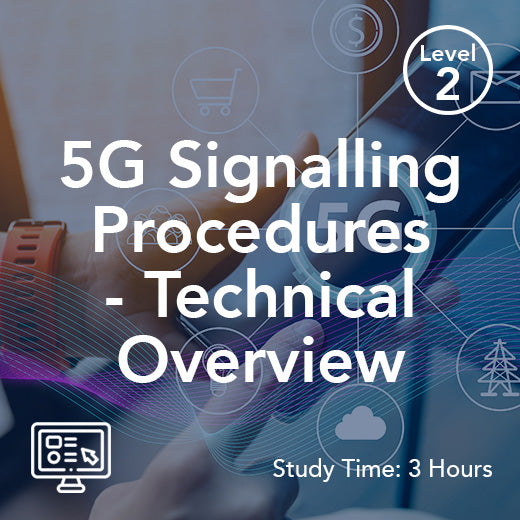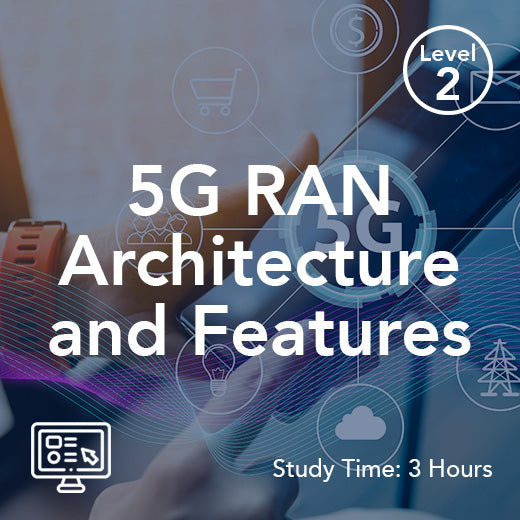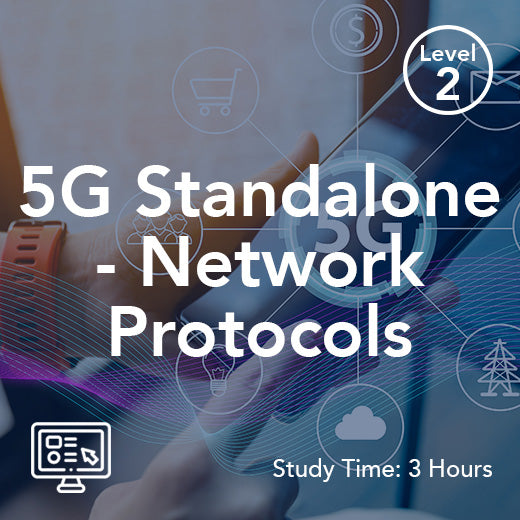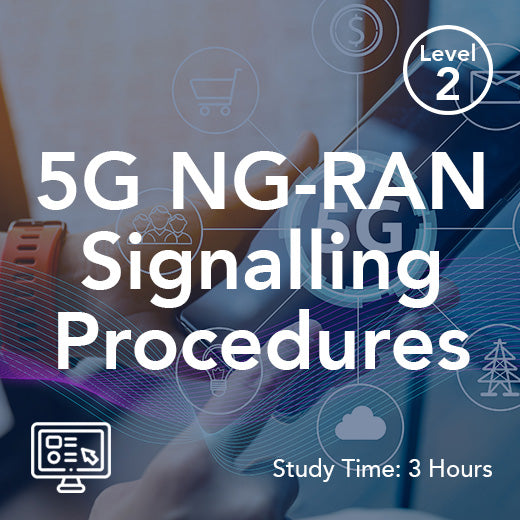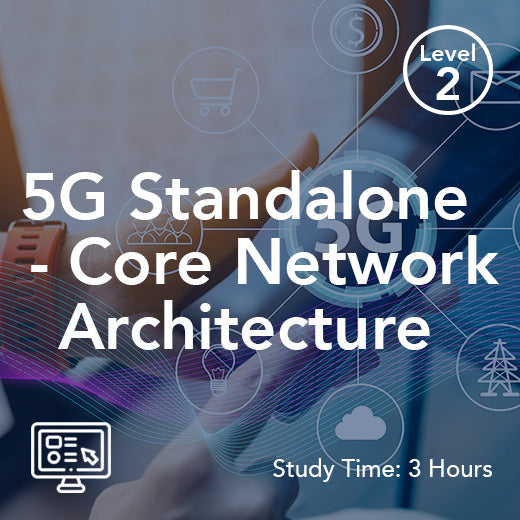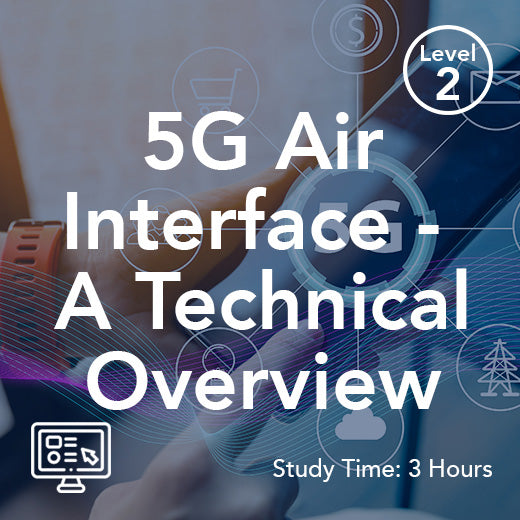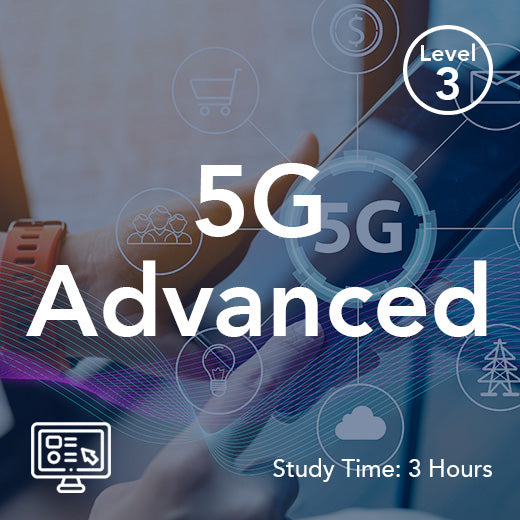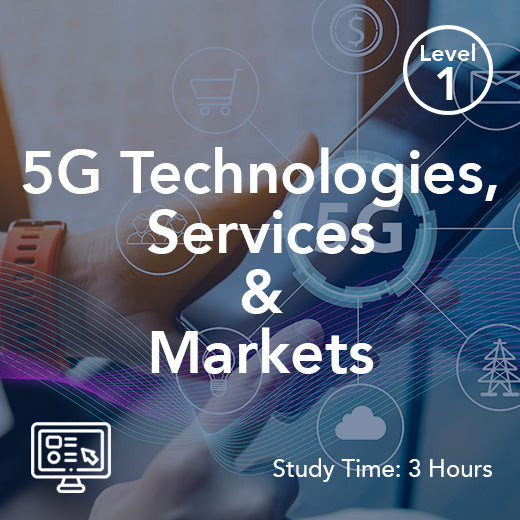What Is Bbu In 5G?
- , by Stephanie Burrell
- 5 min reading time
5G technology is revolutionizing the way we connect and communicate, offering faster speeds, lower latency, and increased capacity. One key component of 5G networks is the Baseband Unit (BBU), which plays a crucial role in ensuring the smooth and efficient operation of the network by processing and managing essential information.
So, what exactly is a BBU in the context of 5G technology? In simple terms, a BBU is a piece of equipment that is responsible for processing and managing the radio signals in a 5G network. It is essentially the brain of the network, coordinating the transmission and reception of data between the user devices and the network infrastructure.
BBUs are typically located at the base stations of the network, where they work in conjunction with Remote Radio Units (RRUs) to transmit and receive data to and from user devices. The BBU is responsible for tasks such as modulation and demodulation of signals, error correction, channel coding, and scheduling of data transmissions.
One of the key advantages of BBUs in 5G networks is their ability to support massive MIMO (Multiple Input Multiple Output) technology. This technology allows for the use of multiple antennas at the base station to increase data throughput and improve network capacity. BBUs play a crucial role in coordinating the signals from these multiple antennas to ensure optimal performance.
Another important feature of BBUs in 5G networks is their support for network slicing. Network slicing allows operators to create virtual networks within a single physical network infrastructure, each tailored to specific use cases or applications. BBUs play a key role in managing these network slices, ensuring that each slice receives the necessary resources and bandwidth to operate efficiently.
In addition to these features, BBUs in 5G networks are also designed to be highly flexible and scalable. This allows operators to easily upgrade and expand their networks as demand for data services grows. BBUs are typically built using software-defined networking (SDN) and network functions virtualization (NFV) technologies, which allow for easy configuration and management of network resources.
Overall, BBUs are a critical component of 5G networks, playing a key role in ensuring the smooth and efficient operation of the network. As 5G technology continues to evolve and expand, the importance of BBUs in enabling high-speed, low-latency, and reliable connectivity will only continue to grow.
In conclusion, the Baseband Unit (BBU) is a crucial component of 5G networks, responsible for processing and managing radio signals, supporting technologies such as massive MIMO and network slicing, and providing flexibility and scalability for network operators. As 5G technology continues to advance, the role of BBUs in enabling high-speed, low-latency connectivity will only become more important.
Introduction to 5G Network Components
The 5G network is a complex system that relies on various components to function efficiently. One of the essential components is the Baseband Unit (BBU), which plays a crucial role in processing and managing radio signals. The BBU is responsible for coordinating the transmission and reception of data between user devices and network infrastructure. In this section, we will introduce the concept of 5G network components, with a focus on the BBU and its importance in the network. The BBU is a critical unit that ensures the smooth operation of the 5G network, and its proper functioning is essential for providing high-speed and low-latency connectivity.
Characteristics and Functions
The Baseband Unit (BBU) is a critical component of the 5G network, responsible for processing and managing radio signals. The BBU has several key characteristics and functions, including modulation and demodulation of signals, error correction, channel coding, and scheduling of data transmissions. The BBU works in conjunction with Remote Radio Units (RRUs) to transmit and receive data to and from user devices. The BBU is also responsible for supporting massive MIMO (Multiple Input Multiple Output) technology, which allows for the use of multiple antennas at the base station to increase data throughput and improve network capacity. The BBU’s functions are essential for ensuring the efficient operation of the 5G network, and its characteristics make it a vital unit in the network infrastructure. The BBU’s power consumption is also an important factor, as it needs to be reduced to ensure the overall energy efficiency of the network.
Applications and Use Cases
The Baseband Unit (BBU) has various applications and use cases in the 5G network. One of the primary applications is in the provision of high-speed and low-latency connectivity for mission-critical communications, such as emergency services and remote healthcare. The BBU is also used in applications that require massive machine-type communications, such as smart cities and industrial automation. Additionally, the BBU is used in enhanced mobile broadband applications, such as virtual and augmented reality. The BBU’s ability to support network slicing also enables operators to create virtual networks within a single physical network infrastructure, allowing for tailored use cases or applications to each virtual network. Customers can benefit from the BBU’s applications, as it provides them with essential services and ensures the continuity of their operations. The BBU’s use cases are diverse and continue to expand as the technology advances.
Technical Requirements and Maintenance
The Baseband Unit (BBU) has specific technical requirements and maintenance needs to ensure its proper functioning. The BBU requires a reliable power supply and a suitable operating environment to function efficiently. The BBU also requires regular maintenance, including software updates and hardware checks, to ensure that it continues to operate at optimal levels. The maintenance of the BBU is essential to prevent reduced performance and ensure the continuity of services. The BBU’s technical requirements include the need for a stable and secure connection to the network, as well as the ability to support multiple protocols and interfaces. The BBU’s maintenance is critical, and customers should contact the manufacturer or service provider for assistance in case of any issues. The BBU’s maintenance is an important aspect of its overall performance, and it should be done regularly to ensure the unit’s longevity and efficiency.





